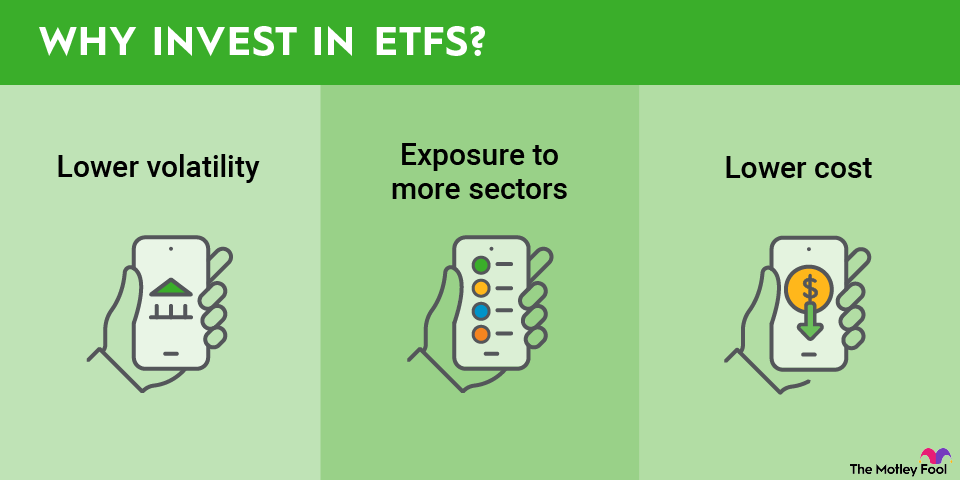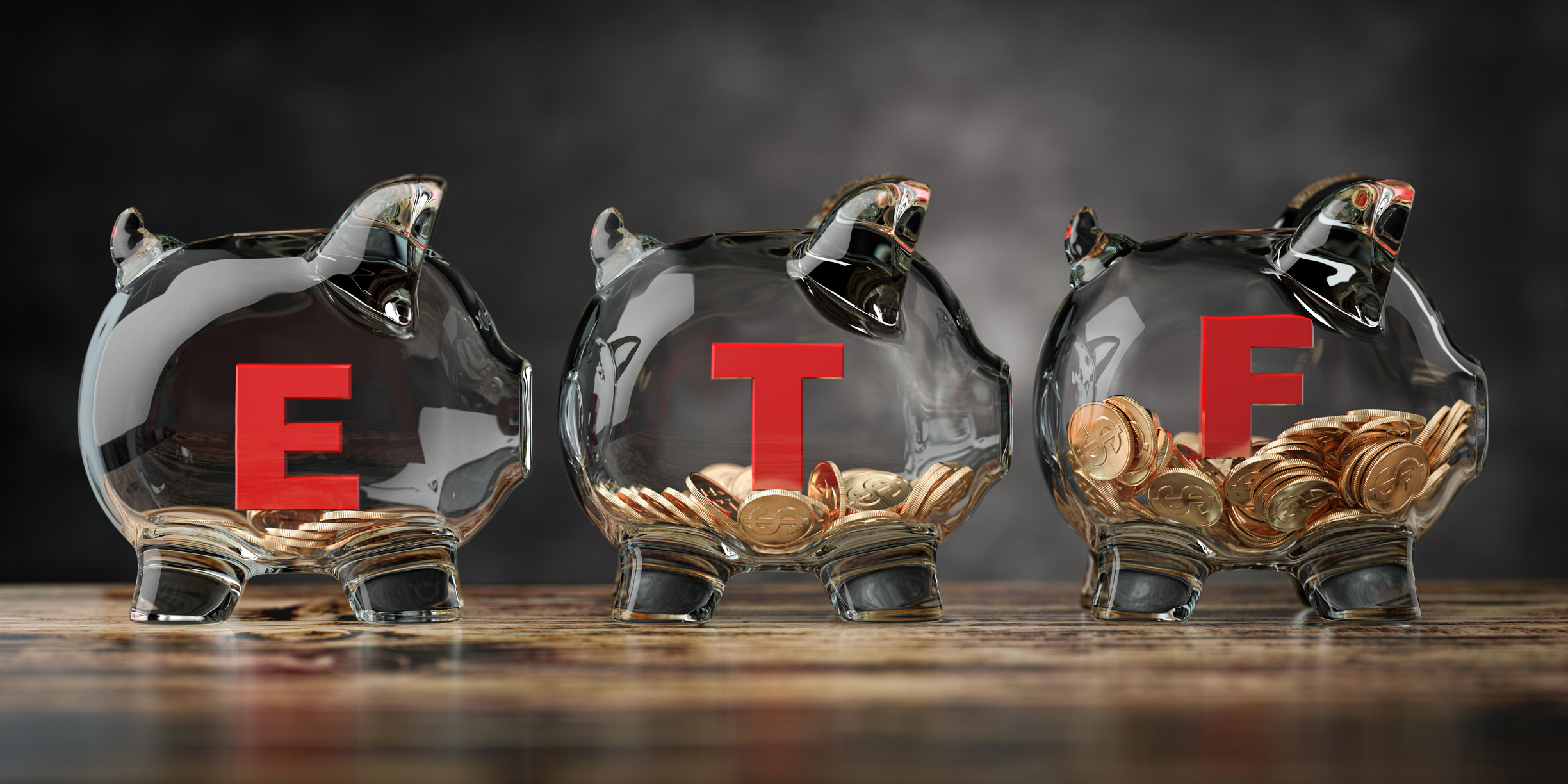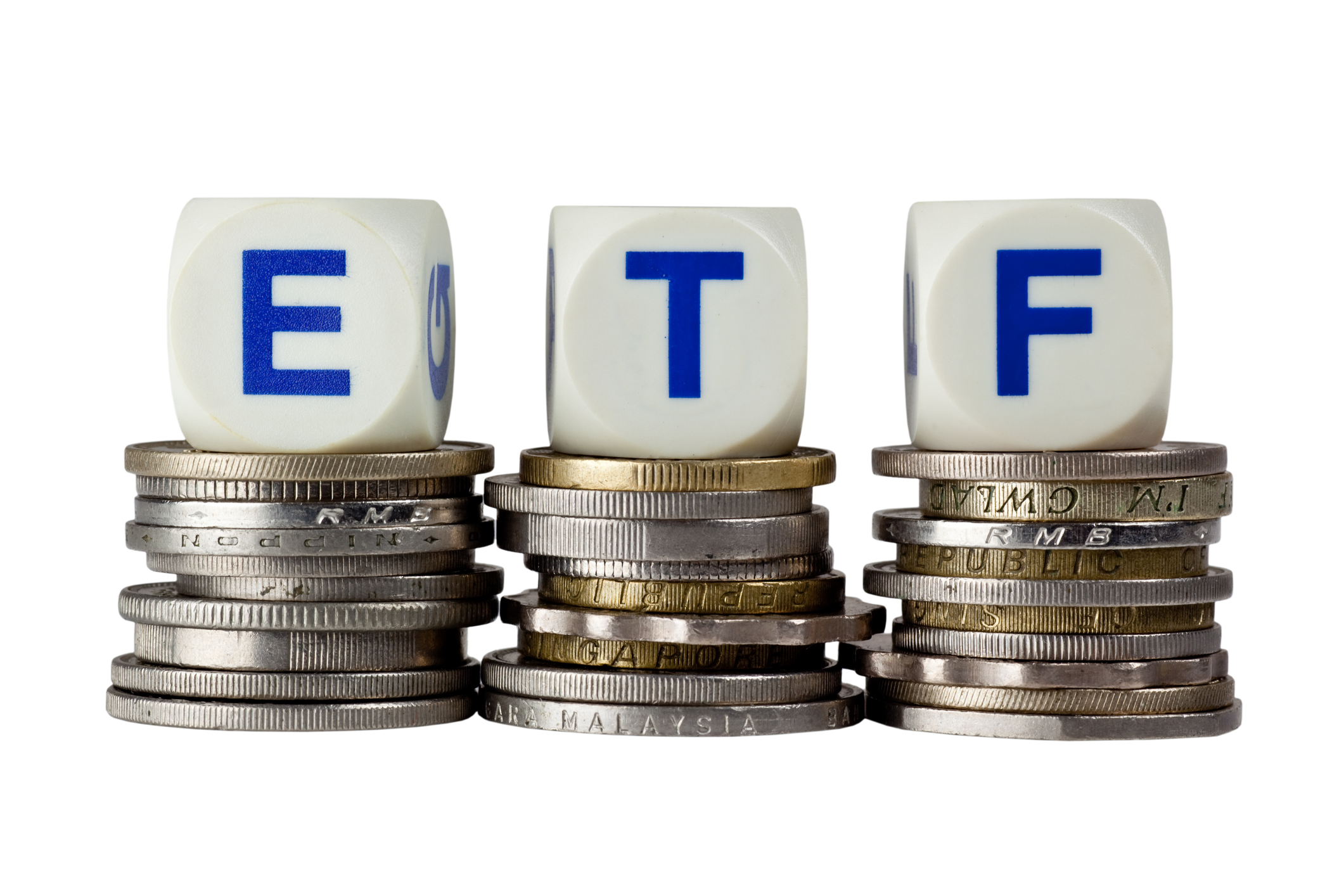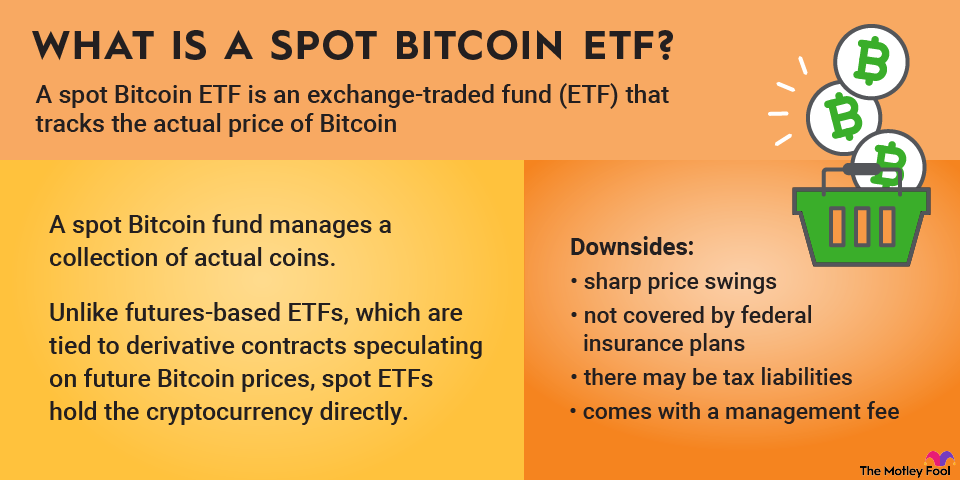The ProShares UltraPro QQQ (TQQQ -5.86%) is one of the more unique exchange-traded funds (ETFs) based on the Nasdaq Stock Market. In this article, we'll discuss the ProShares UltraPro QQQ, how it works, and all the other important information to help you decide whether it's right for your portfolio.

NASDAQ: TQQQ
Key Data Points
What is ProShares UltraPro QQQ?
The ProShares UltraPro QQQ is an ETF that tracks the Nasdaq-100 index but not in the same way other Nasdaq ETFs do. It is a leveraged ETF and aims to produce 3 times the daily performance of the Nasdaq-100. In other words, if the Nasdaq-100 rises by 1% tomorrow, you can expect the ProShares UltraPro QQQ to rise by about 3%.
Exchange-Traded Fund (ETF)
Think of leveraged ETFs as similar to investing with margin to get greater exposure to a certain stock or fund. But instead of you borrowing money from your broker, the ETF uses a variety of derivative securities to create the effect of leverage.
Just like investing with margin, leveraged ETFs can be great as long as the underlying investment moves favorably. If the Nasdaq-100 has a phenomenal week and rises 3% each day for an entire week, the ProShares UltraPro QQQ would rise by 9% each day. On the other hand, if a market crash happens and the Nasdaq-100 quickly sheds 10% of its value in a day, the ProShares UltraPro QQQ would drop by 30%.
How to buy ProShares UltraPro QQQ
To buy shares of ETFs like ProShares UltraPro QQQ, you'll need a brokerage account. If you don't already have one, the best idea is to research several choices to find the best fit for you. Once you've found a brokerage platform with the features most aligned with your investment goals and objectives, the steps to investing in ProShares UltraPro QQQ are:
- Open your brokerage account: Log in to your brokerage account where you handle your investments.
- Search for the stock: Enter the ticker or company name into the search bar to bring up the stock's trading page.
- Decide how many shares to buy: Consider your investment goals and how much of your portfolio you want to allocate to this stock.
- Select order type: Choose between a market order to buy at the current price or a limit order to specify the maximum price you're willing to pay.
- Submit your order: Confirm the details and submit your buy order.
- Review your purchase: Check your portfolio to ensure your order was filled as expected and adjust your investment strategy accordingly.
Holdings of ProShares UltraPro QQQ
The ProShares UltraPro QQQ tracks the Nasdaq-100 but aims to produce 3 times its daily returns. Obviously, you can't accomplish this by simply buying the 100 stocks in the Nasdaq-100 index.
So, the ETF's top holdings are mainly derivative securities offered by various financial institutions, which provide the leverage to magnify the Nasdaq-100's returns. In addition, the fund owns shares of the companies in the index. Its top 10 holdings as of October 2025 are:
- Nvidia (NVDA -3.30%)
- Microsoft (MSFT -1.04%)
- Apple (AAPL +0.04%)
- Broadcom (AVGO -11.43%)
- Amazon (AMZN -1.80%)
- Tesla (TSLA +2.57%)
- Meta Platforms (META -1.34%)
- Alphabet (GOOGL -1.03%)
- Alphabet Cl C(GOOG -1.03%)
- Netflix (NFLX +1.18%)
Should I invest in ProShares UltraPro QQQ?
The short answer is, "It depends." The ProShares UltraPro QQQ is not a low-risk investment vehicle in any sense of the word.
The obvious reason to buy it is that if the Nasdaq-100 performs well, your portfolio will perform even better. Your daily returns should be roughly 3 times those of the Nasdaq. But the other side is that if the Nasdaq-100 doesn't perform well, your losses will be magnified as well.
Returns
So, if the Nasdaq-100 falls by 2% in a day, your investment will lose 6% of its value. And if the Nasdaq-100 has a long losing streak, these declines can really start to add up.
It's also worth noting that the ProShares UltraPro QQQ is designed to be a short-term investment vehicle. Triple the daily performance of the Nasdaq-100 is different from triple the long-term performance.
In other words, if the Nasdaq-100 rises by 1% tomorrow, the ProShares UltraPro QQQ ETF should rise by about 3%. But this doesn't mean that if the Nasdaq-100 rises by say, 20% over the next year, the ProShares UltraPro QQQ will rise by 60%.
Skipping the mathematics lesson, let's consider that the Nasdaq-100 has generated a 21% annualized return over the past five years, while the ProShares UltraPro QQQ has produced a total return of 35% annualized. The latter certainly amplified the index's return -- but it didn't triple it.
By definition, the ProShares UltraPro QQQ will be more volatile than the Nasdaq-100 over time, so it's important to expect that. This is not an appropriate ETF for those with a low risk tolerance or who don't have the stomach to deal with massive price swings.
Does ProShares UltraPro QQQ pay a dividend?
The ProShares UltraPro QQQ pays a dividend, just like most index funds. The ETF owns shares of the 100 stocks in the Nasdaq-100 index, and while not all of them pay dividends, some do. The ProShares UltraPro QQQ passes the dividend income it receives through to investors. As of October 2025, the ETF had a 0.66% dividend yield.
Having said that, this is not a great choice for income investors. Its dividend yield is low, and because it depends on pass-through income from 100 stocks in a weighted index, it will likely be unpredictable and inconsistent over time.
Expense Ratio
What is ProShares UltraPro QQQ's expense ratio?
The ProShares UltraPro QQQ has a gross expense ratio of 0.82%. So, for every $1,000 in fund assets, you can expect to pay $8.20 in investment expenses. If you are unfamiliar with how ETFs and mutual funds work, this isn't an expense you have to pay. It will be reflected in the fund's performance.
This is on the high end of the spectrum for an index fund but aligns with what other leveraged ETFs charge. As you might imagine, replicating 3 times the performance of an index requires quite a bit of behind-the-scenes work.
Historical performance of ProShares UltraPro QQQ
The historical performance of the ProShares UltraPro QQQ is rather impressive. Here's how its total long-term return compares to that of the benchmark Nasdaq-100 index over certain periods of time:
Period | ProShares UltraPro QQQ | Nasdaq-100 |
|---|---|---|
1 Year | 44.12% | 23.93% |
5 Years | 26.88% | 17.58% |
10 Years | 40.36% | 20.55% |
Since Inception (2/9/2010) | 42.70% | 19.63% |
All returns in the table are through November 1, 2025. Total returns are annualized and assume reinvestment of all dividends.
One important thing to notice is that while the ProShares UltraPro QQQ has indeed delivered strong performance over the long run, it hasn't tripled the total returns of the Nasdaq-100. This is due to the fund's objective of tripling the index's daily returns; over time, this is mathematically different from its long-term performance.
Having said that, the ETF's long-term performance has been impressive, as the Nasdaq-100 itself has been an incredibly strong performer for most of the fund's history. For context, its 42.7% total return since inception means that someone who invested $10,000 in February 2010 would have seen their investment grow to more than $2 million just over 15 years later.
Related investing topics
The bottom line on ProShares UltraPro QQQ
The ProShares UltraPro QQQ is certainly a risky, volatile ETF that isn't for investors with a low level of risk tolerance. If the Nasdaq-100 has a particularly bad market crash, it's possible to lose almost all your money.
On the other hand, if the Nasdaq-100 continues to perform well in the coming years, it could continue to produce fantastic returns. Just be aware of what you're getting into before you invest. Leveraged ETFs are not right for everyone.












